Interviews
International dimensions of hapa identity
Essentially it is an American phenomena, because we do talk about this more than anywhere else. To some extent there’s Singapore has a pretty good awareness, but it’s really a Eurasian sort of conversation happening there. It’s mostly Eurasian, they don’t have the sort of Afro-Asian, the Latinos and so forth. And it’s a different kind of agenda. You know, the U.S. talks about race more than other countries do, by far. And even though they are foreigners, I wanted to talk about that.
And I actually was curious if any sort of trans-racial adoptees would participate. One person was thinking about it, but didn’t want her picture taken. [garbled] That’s an interesting way of defining it as well. And some people that weren’t—in my definition—Hapa, participated and I though that’s great, because that’s their self-identification. This woman came in, she’s black-white. She’s like, “I’m Hapa too.” I said, “Okay, let’s take your picture.”
Date: May 3, 2006
Location: California, US
Interviewer: Jim Bower
Contributed by: Watase Media Arts Center, Japanese American National Museum.
Explore More Videos

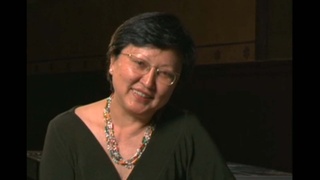
Defining the term "Nikkei" (Portuguese)
Former Director, Museu Histórico da Imigração Japonesa no Brasil

Brazilian of Japanese descents (Portuguese)
Former Director, Museu Histórico da Imigração Japonesa no Brasil

Nikkei community concentrated in São Paulo (Portuguese)
Former Director, Museu Histórico da Imigração Japonesa no Brasil

Changing life styles of successive generations (Portuguese)
Former Director, Museu Histórico da Imigração Japonesa no Brasil
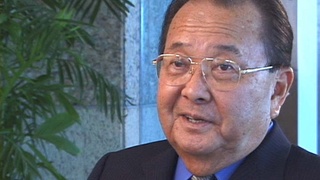

On the Importance of Role Models
(b. 1942) The first Asian American woman judge
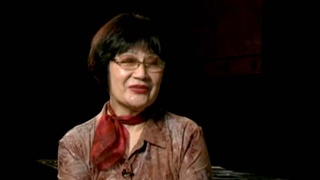
Defining "Nikkei" through lineage and community involvement (Spanish)
Nisei Paraguayan, Researcher

The term Nikkei reflects ties to Japan (Spanish)
Nisei Paraguayan, Researcher

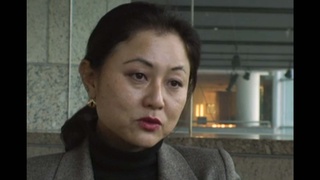
The reactions of others when I got my American citizenship (Japanese)
Shin-Issei from Gifu. Recently received U.S. citizenship

Americanized values (Japanese)
Shin-Issei from Gifu. Recently received U.S. citizenship
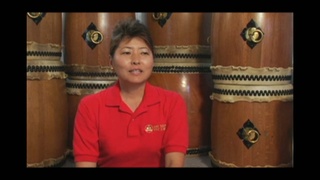
The multicultural perspective
(b.1960) Third-generation taiko drummer, leader of Maui Taiko

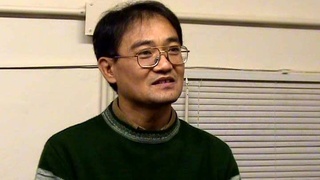
A personality fit for Argentina (Japanese)
Okinawan. Vice Principal of Japanese language school in Buenos Aires
